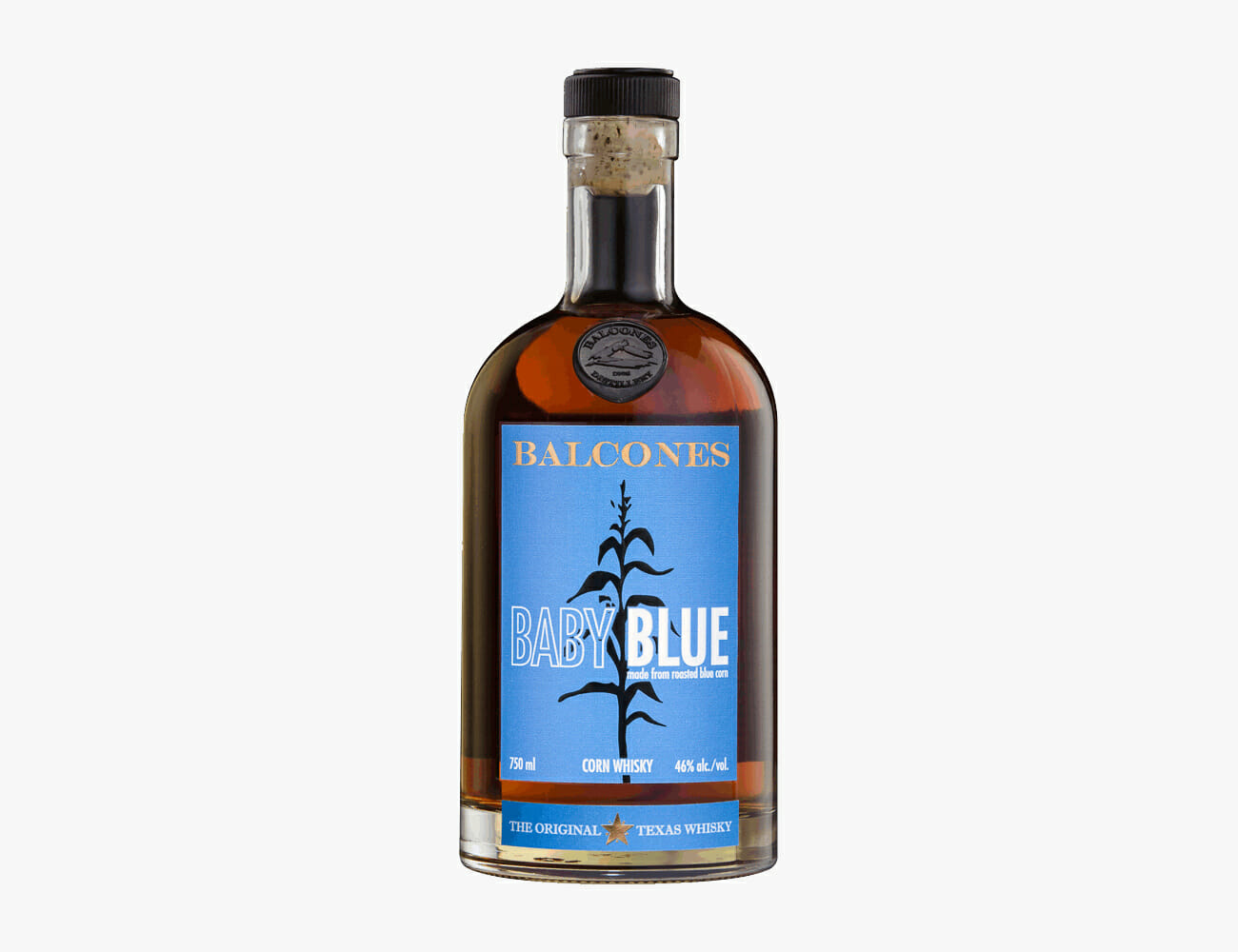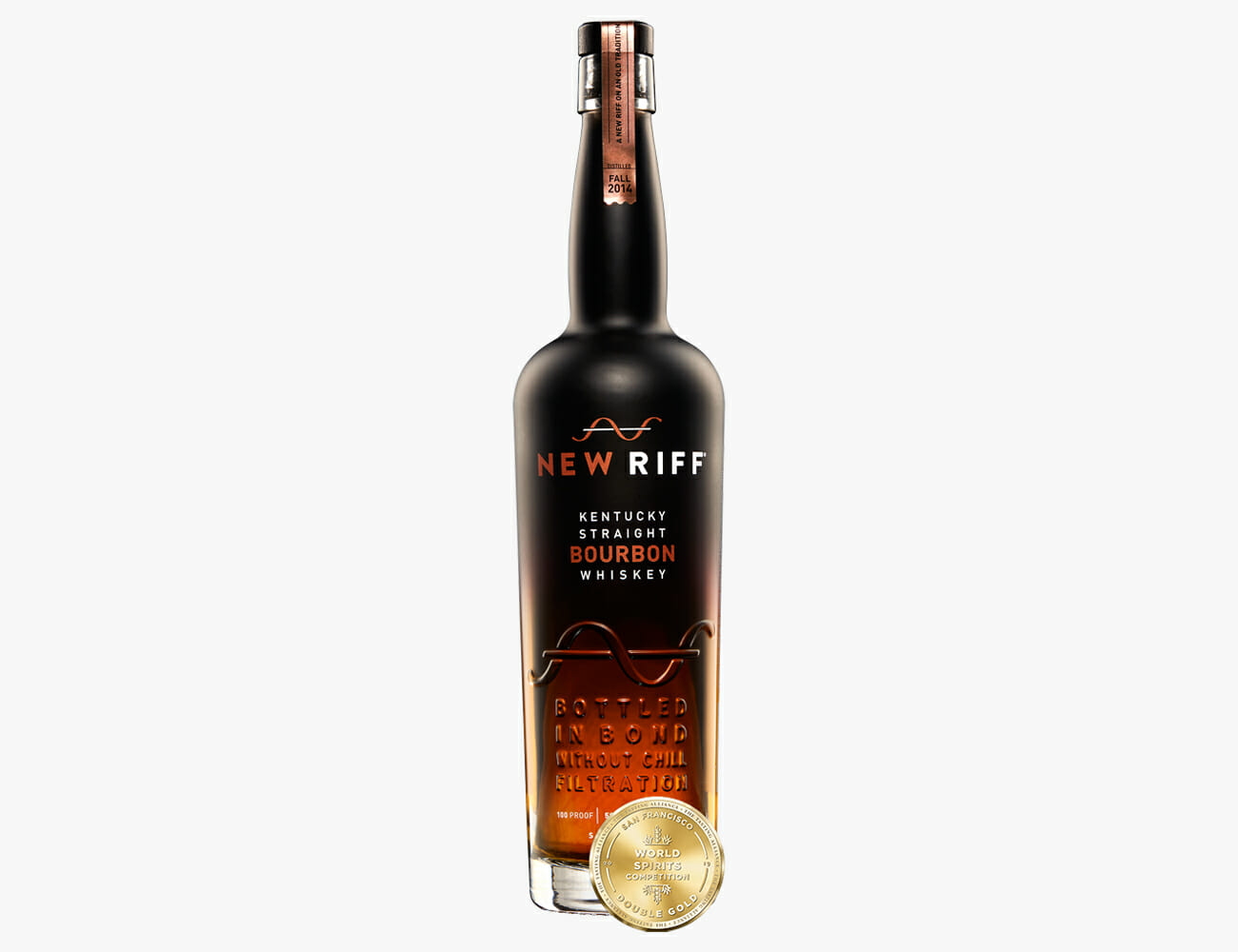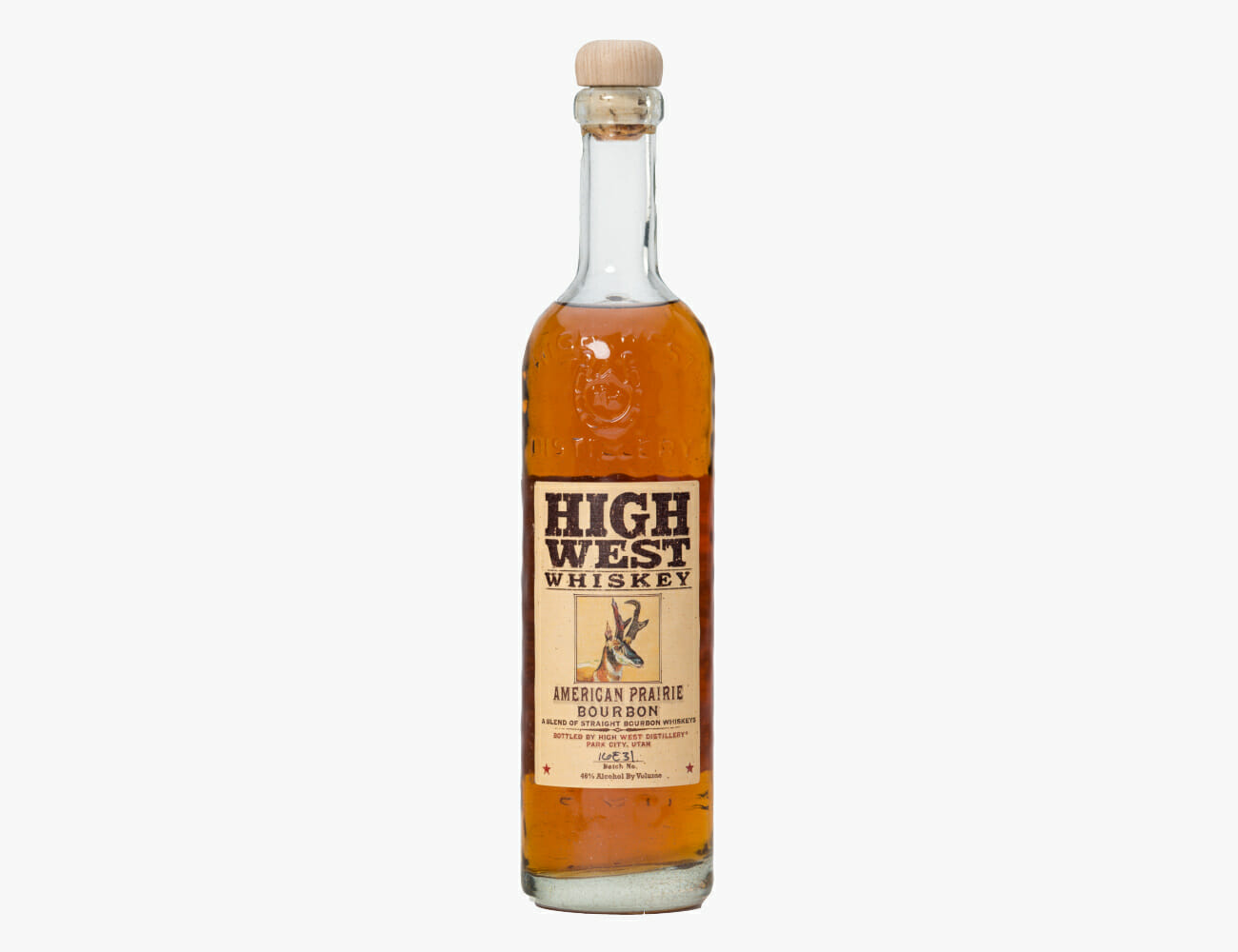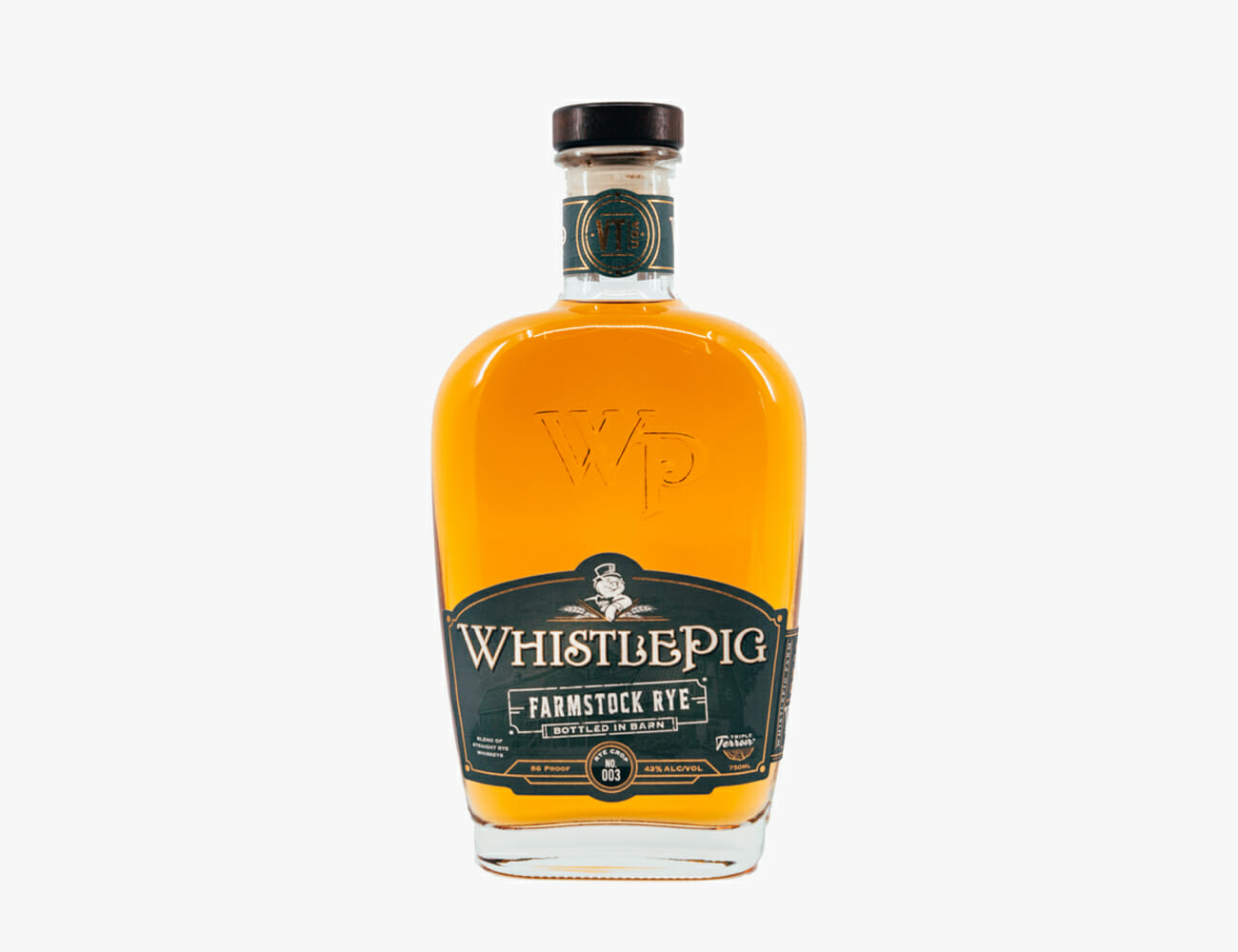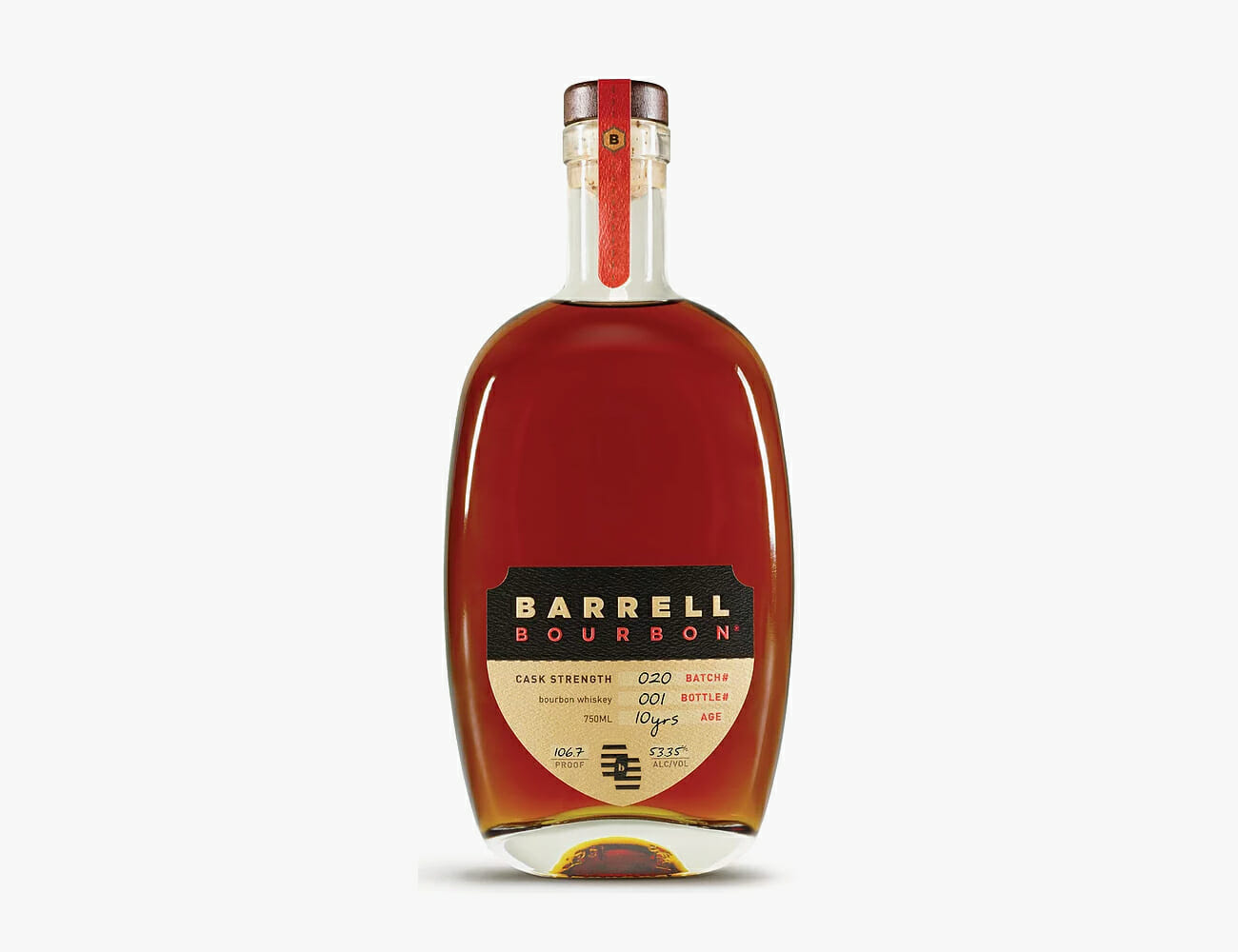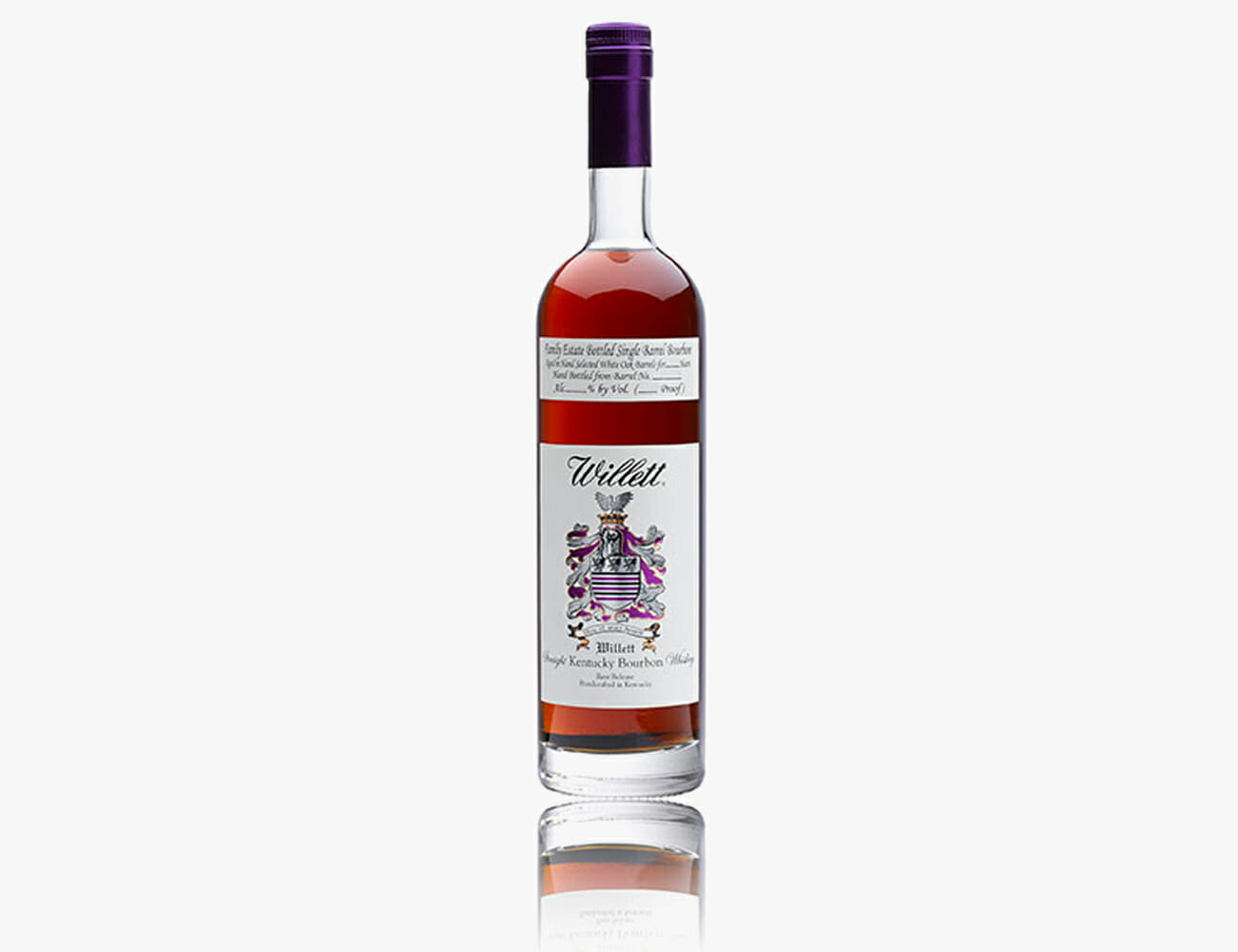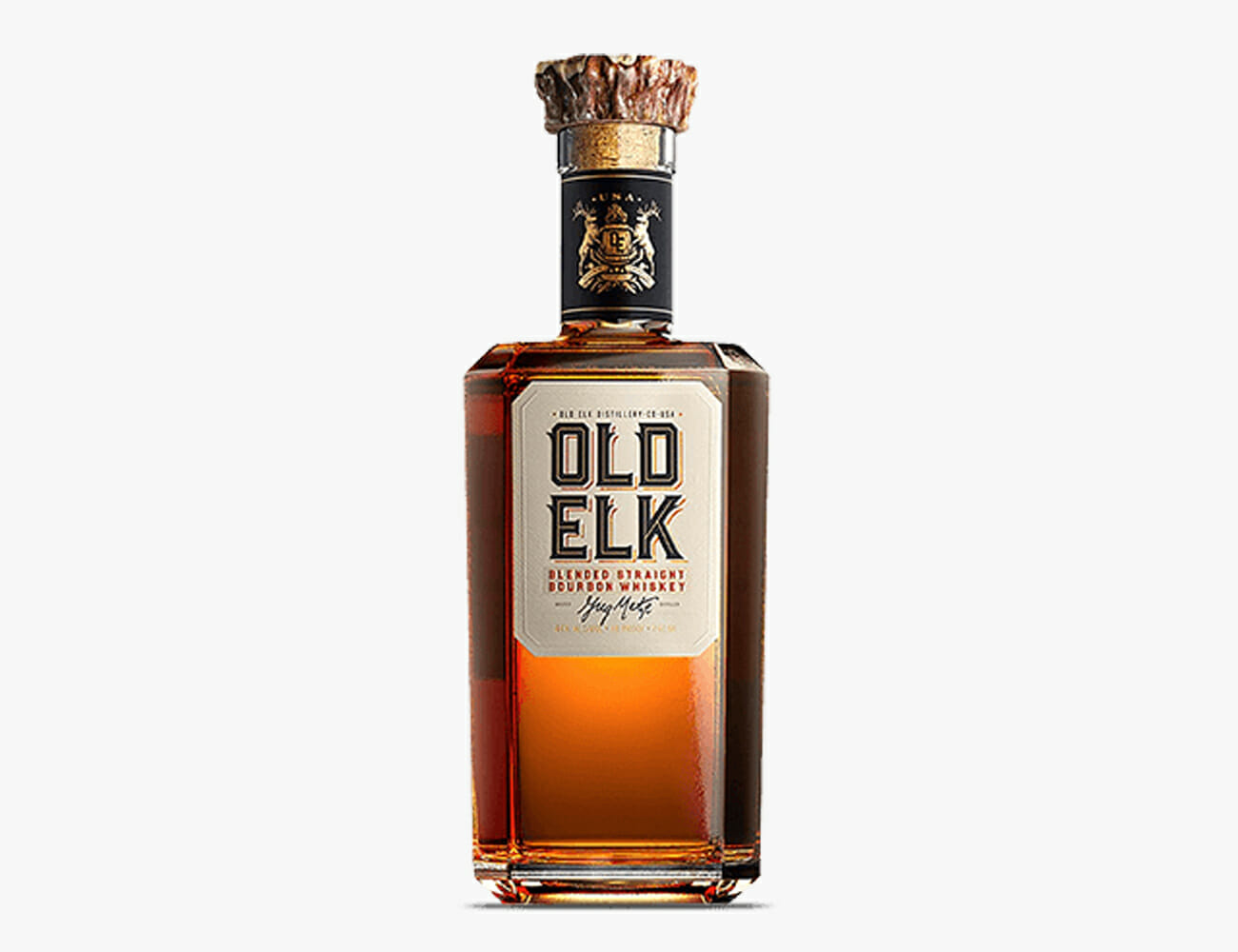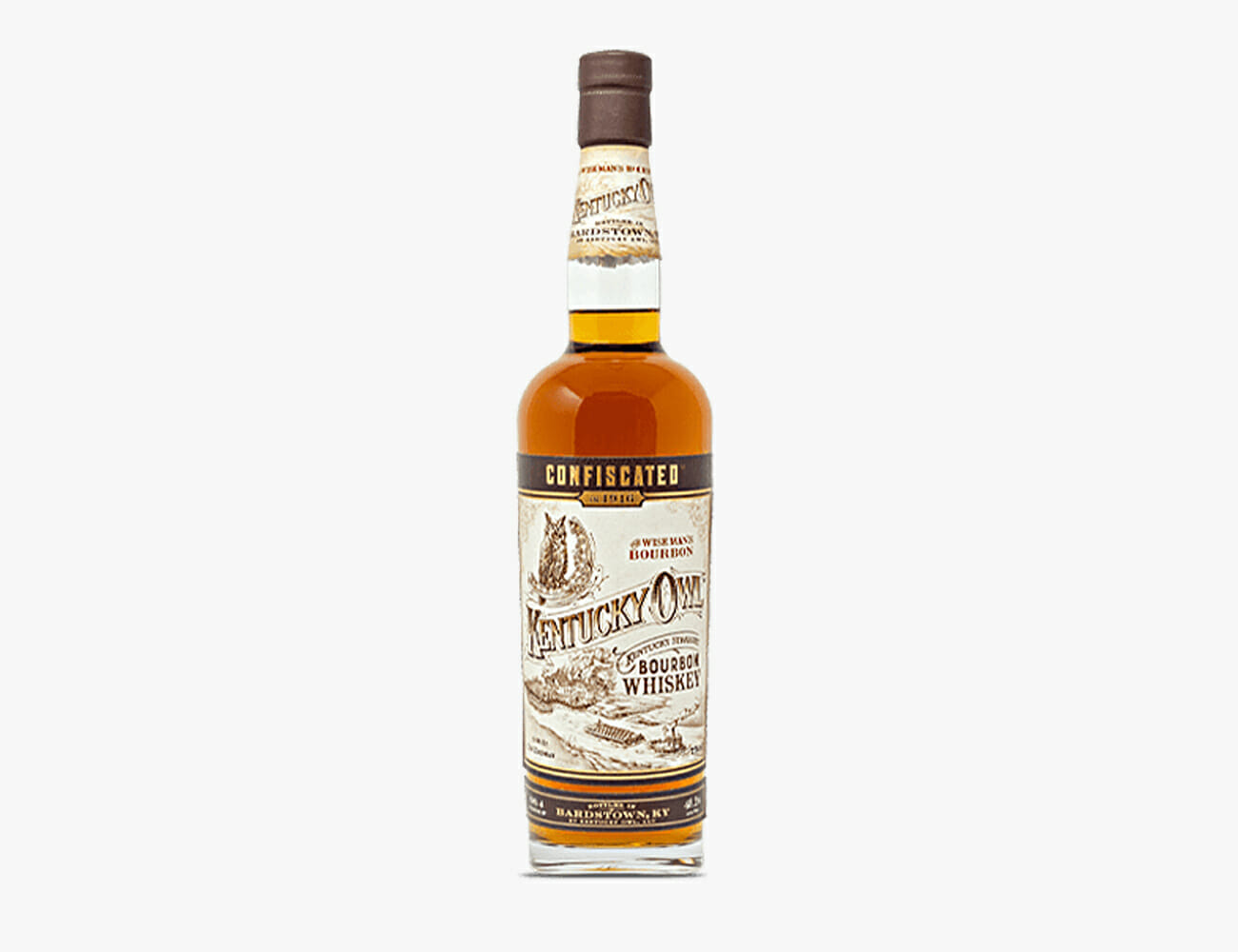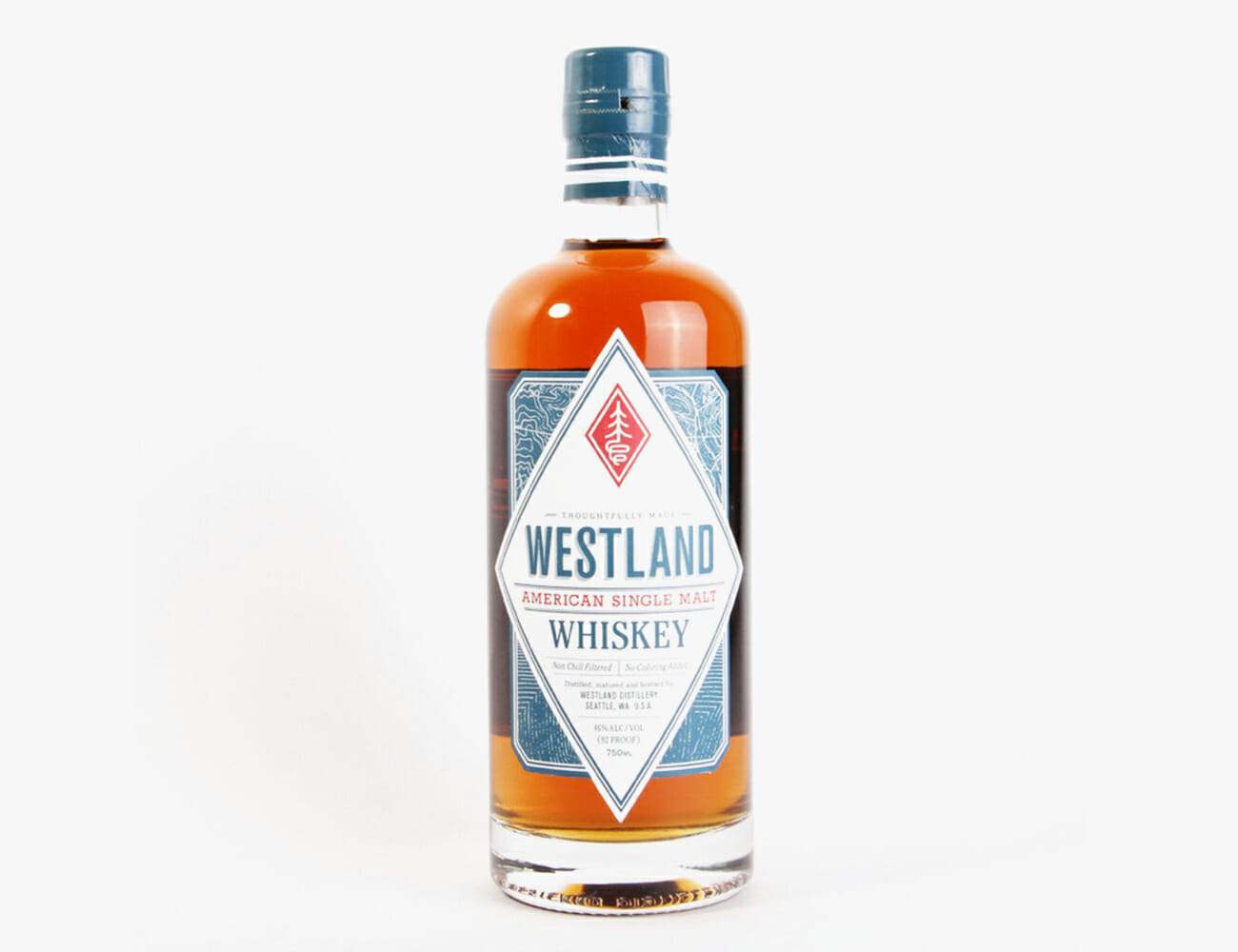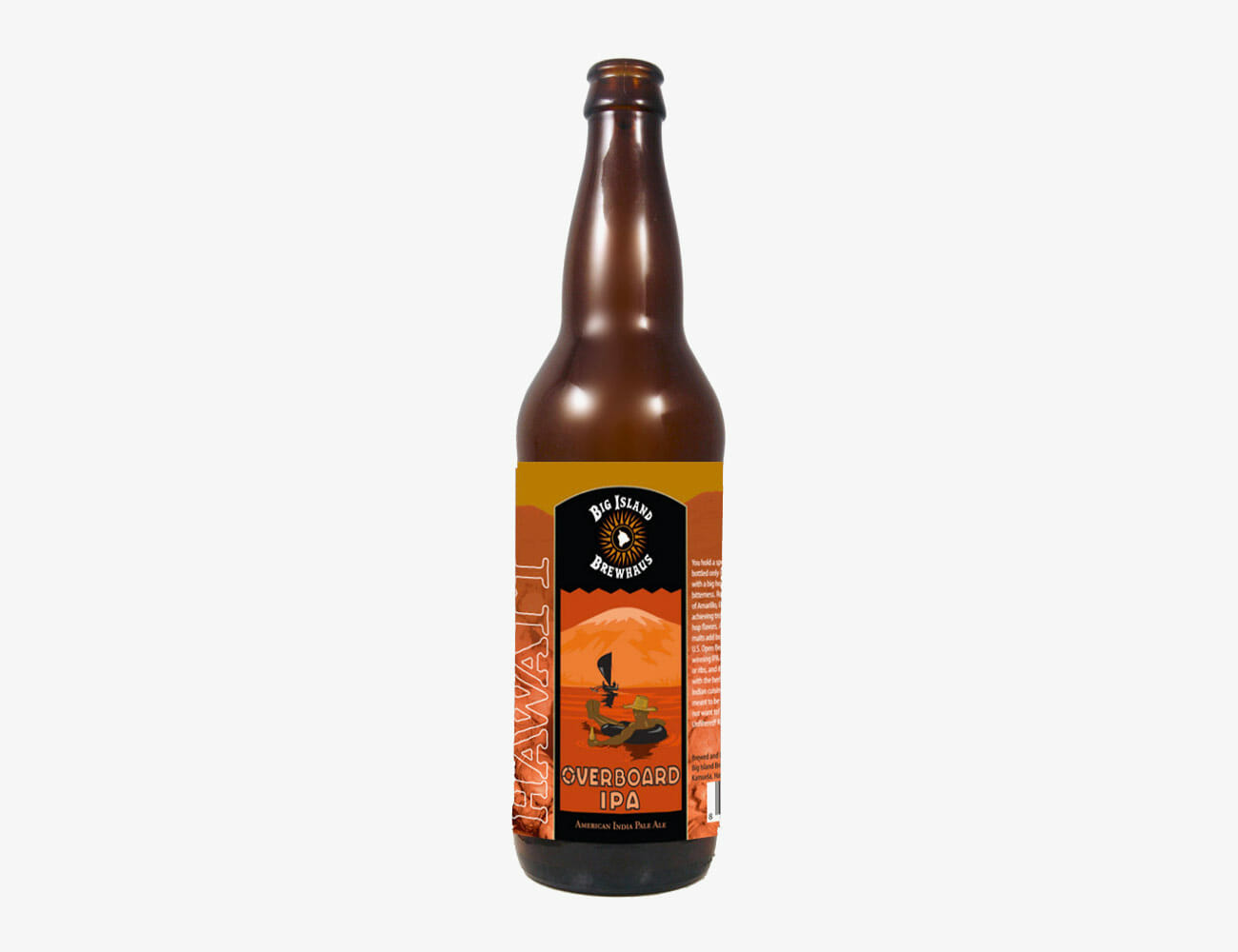Dominated almost entirely by mega-distillers like Jim Beam, Buffalo Trace, Wild Turkey and Heaven Hill, the American whiskey landscape is oligarchical and old. The reason for this is straightforward: making good whiskey requires extraordinary initial capital, and the capacity to bleed money close to a decade. This has led many of America’s next-gen distillers down a dark path, relying almost exclusively on buying stocks of whiskey from other makers and passing it off as their own. Five-year-old distilleries selling 10-year-old bourbon without any mention of where the whiskey might have been made.
Beyond transparency concerns, reliance on bought-stock spawns issues of its own. Newer distillers leaning on the work of other whiskey makers means less craft, less innovation and more stagnation in a slow-moving industry. If the smaller, less bureaucratic producers aren’t free to experiment and explore new corners of whiskey, we leave that task to colossal macro-distillers. In this way, craft whiskey is related to craft beer in name alone.
But there are new American whiskey brands trying, in earnest, to change that perception. Craftspeople pushing for a more creative, more clear and more diverse whiskey shelf. From rye blenders to hype peddlers, these are ten of the brands leading whiskey’s next act.
Balcones
Headquarters: Waco, Texas
Bottle to Try: Balcones Baby Blue
Balcones’ guiding principle was established early on — make it different and make it Texas. Original founder Chip Tate built his own stills, his own barrels and opted to buy Texas-grown blue corn instead of the more economical commodity grain. In other words, it was as Texan as possible, and people loved it. Baby Blue, the first release, earned a Double Gold at the San Francisco World Spirits Competition, and the word was out — a craft distiller was making great whiskey unlike anything else being made. With an ongoing series of limited releases and slightly-off-kilter signature whiskey lineup (including an American single malt and a 100 percent blue corn whiskey), Balcones has continued being its weird self since.
New Riff
Founded: 2014
Headquarters: Newport, Kentucky
Bottle to Try: New Riff Rye
New Riff looks a lot different than most on this list. It’s not centuries old, it’s not owned by a larger parent company and none of its three whiskeys are more than 5 years old. But New Riff isn’t troubled by a lack of history — it’s the whiskey geek’s dream whiskey brand.
All its whiskeys now and forever will be at least 100 proof, totally unfiltered and come labeled with all the facts and figures one could want (mashbill percentages info and clear age statements included). It’s a bold step for a distillery self-described as a “mid-major” — not craft status, but certainly not a macro-distillery. It’s paying off thus far, though. Along with the adoration of the online whiskey community, New Riff took home its first serious silverware at 2019’s San Francisco Spirits Competition — Double Golds (the highest rating possible) for all three of its whiskeys.
High West
Headquarters: Wanship, Utah
Bottle to Try: High West Double Rye!
Craft whiskey is looked down upon in the whiskey world. It takes years to build a solid stock of well-aged whiskeys to use, and because most can’t suffer through heavy cash loss for that long, they ratchet prices up for ho-hum whiskey. High West embodies what it is to make craft whiskey not by trying to compete with centuries-old liquor empires, but by its own weirdness. Using a mix of its own pot-stilled whiskey and old-as-hell stock bought from older distilleries, founder David Perkins (a former biochemist) does his thing. Whether it’s a blend of 2- and 16-year-old whiskeys or corraling bourbon, rye and peated scotch into a single bottle, High West is willing to do anything but bore you.
WhistlePig
Headquarters: Shoreham, Vermont
Bottle to Try: WhistlePig 10-year Straight Rye
In ten years time, rye whiskey sales have risen a batshit insane 1,100 percent increase. Eleven-hundred. Vermont-based WhistlePig is a posterchild for the spike. Led by former Maker’s Mark Master Distiller Dave Pickerell, WhistlePig got its start purchasing a lot of 10-year-old Canadian rye whiskey and selling it to the US market. This would be seen as a cashgrab if people didn’t love it. Pickerell and team remain commited to acquiring and distilling rye and only rye, and using their Vermont base to their advantage. The distillery’s Farmstock series combines grains grown on the farm with water from the area and ages the distilled result in Vermont white oak grown on the WhistlePig farm.
Barrel Bourbon
Headquarters: Louisville, Kentucky
Bottle to Try: Barrel Bourbon Batch 011
Whiskey brands that don’t make their own whiskeys, called non-distiller producers (NDP), aren’t always looked up favorably by the whiskey world. Barrel is an exception. Though it did begin putting down barrels of its own stuff in the last couple years, Barrel’s bread and butter is acquiring and blending other distiller’s forlorn barrels and turning them into something exceptional. And unlike other NDPs, Barrel makes clear that the juice blended inside its bottles is not of their creation — full sourcing info, including mashbill, age and state of distillation, is available for every bottle. And unlike the majority of major distillers today, Barrel could give a damn about consistency. Every batch (all barrel proof) released is intentionally different than the last; meant to explore a different flavor profile or a different age combination.
Willet
Headquarters: Bardstown, Kentucky
Bottle to Try: Willet Family Estate Bottled Rye
Many see the revival of historic distilleries as cash grabs, and, based on the cash some of Willet’s releases go for, one might classify it as such. But that’s plain shortsighted, and the Kulsveen family are anything but shortsighted. Willet got its start in the 1800s, but it wasn’t until the Willet family sold the farm to the Kulsveen family that modern Willet began to take shape. The Kulsveens began buying up old stock from distillers looking to get rid of barrels they didn’t think they could sell (the ’80s were not a good time for whiskey), and years later, once whiskey had made its comeback, they started selling it. Since then, it’s become the only American whiskey label to surpass Pappy in price and collectability.
Master Distiller Drew Kulsveen heads up the company’s own whiskey making program. Even though its oldest release to date is a 4-year-old rye, it’s already garnering praise from drinkers.
Old Elk
Headquarters: Colorado
Bottle to Try: Old Elk Blended Bourbon
In his last job as Master Distiller of MGP, Greg Metze created the über-high rye mashbill that took the whiskey world by storm (you know, the one Bulleit, Angel’s Envy, Redemption, Smooth Ambler and more rode to success). Funded by the guy behind Otterbox, Metze’s new project takes aim at another enormously profitable sector of the whiskey market: ultra-smooth, inoffensive beginner bourbons. Based in Colorado, Old Elk may not have a distillery yet (a rather large one wraps construction later this year), but its ambitions are to become the Basil Hayden’s of bourbon’s next act. Get used to looking at the Old Elk label; in a few years time, you’ll be seeing it everywhere.
Kentucky Owl
Headquarters: Bardstown, Kentucky
Bottle to Try: Kentucky Owl Confiscated
Whiskey enthusiasts don’t really like Kentucky Owl, but that may not matter. Kentucky Owl had long been dead before part-blender, part-marketer Dixon Dedman got his hands on it and Dedman, whose great-great-grandfather had founded the distillery, started by buying up choice barrels from distillers around the region, blending them and selling them only in Kentucky at a super-super-premium $170 pricetag. Word got out about it, bottles sold out quickly, and Kentucky Owl achieved cult status in a matter of months (bottles were re-selling for ten-times the retail price within the year). The whiskey nerd among your friend group will protest: Kentucky Owl doesn’t disclose where they get the whiskey from, how old it is or really anything else about what is inside its high-priced bottles. But with the 2019 release of Confiscated (a blend of 6-, 9-, 10- and 12-year-old bourbons) and a $150 million distillery being built, the Owl isn’t going anywhere.
Westland
Headquarters: Seattle, Washington
Bottle to Try: Westland American Single Malt American Oak
If one famed whiskey-producing nation can have a single malt all to itself, why can’t another? That’s the principle behind Westland and a swell of other American craft whiskey producers. Westland’s take on the category — which still lacks a formal, legal definition — views single malt quite literally. Its mashbill is 100 percent malted barley, the only other ingredients being water, yeast and the barrel it ages in. If you’re looking for what’s next in American whiskey, it’s the American single malt.

